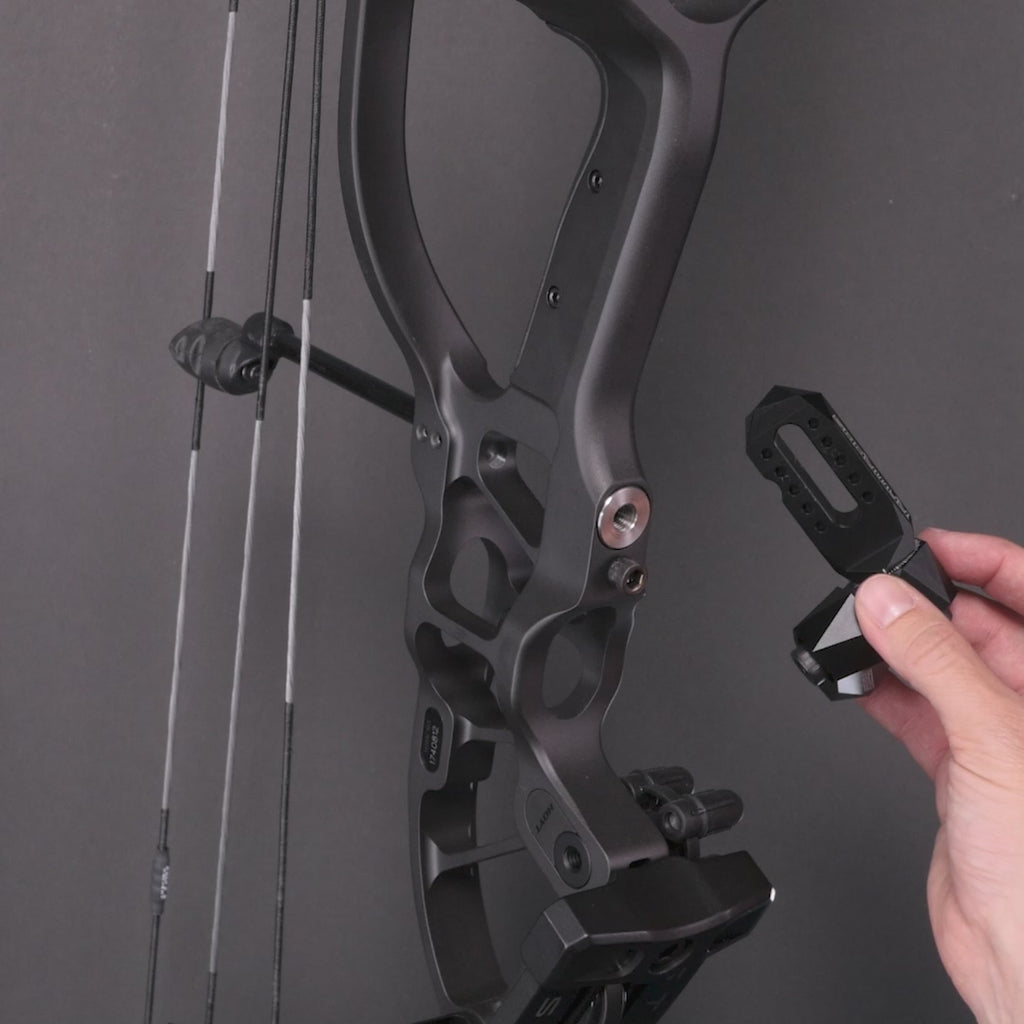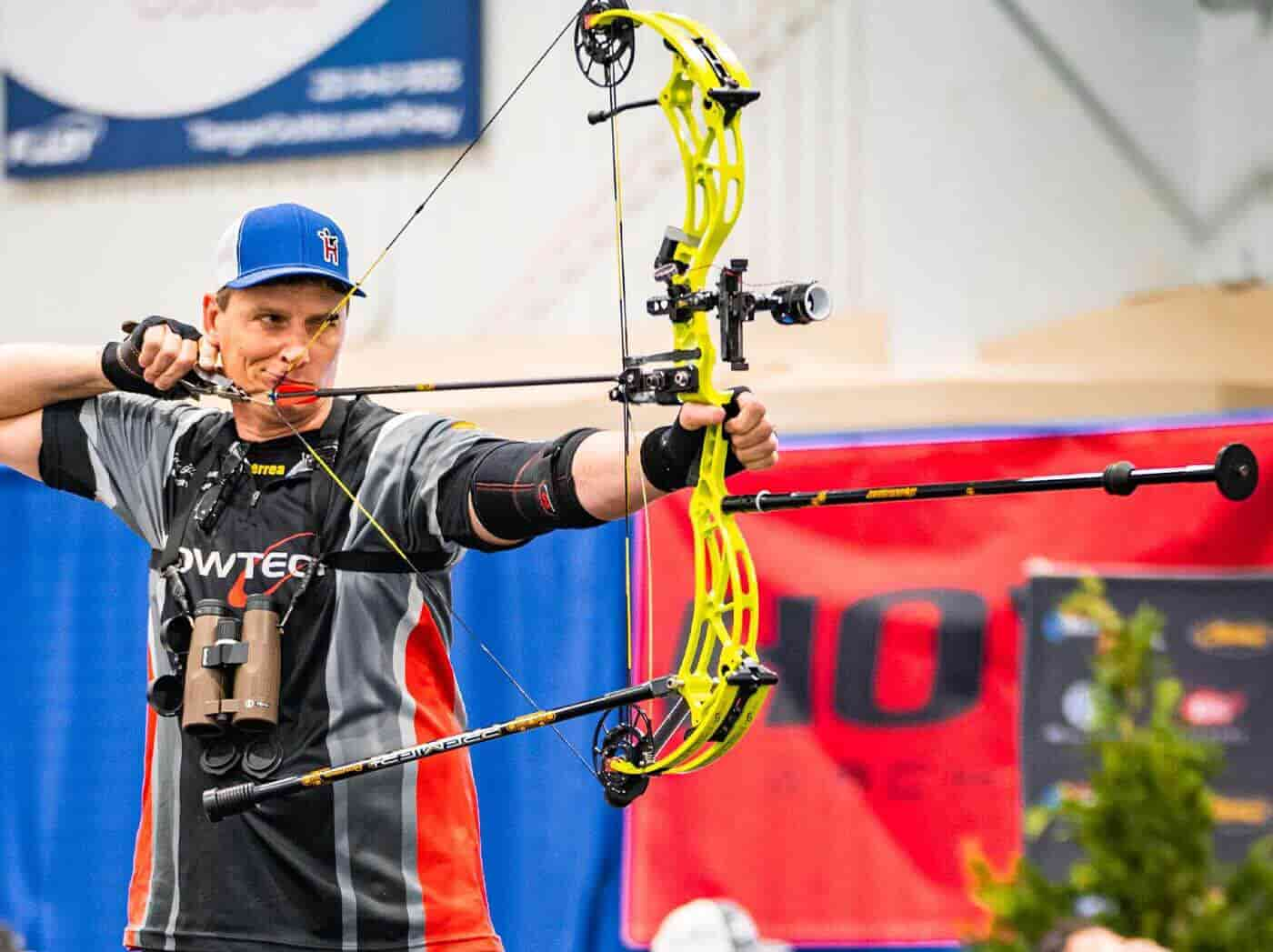Optimize Your Archery Accuracy With These Bow Stabilizer Techniques
One crucial element that can dramatically affect your performance is the proper use of bow stabilizers. Whether you are a skilled archer looking to improve your abilities or a novice eager to improve your accuracy, mastering these bow stabilizer techniques could be the trick to hitting your mark with unrivaled consistency.
Benefits of Using Bow Stabilizers
Using bow stabilizers can substantially boost an archer's precision and general performance by reducing bow torque and vibration. Bow torque, triggered by the unequal distribution of weight in the bow, can result in variances in shot placement. By connecting a bow stabilizer, the weight is rearranged, reducing the effects of torque and aiding the archer accomplish an extra regular shot. Additionally, bow stabilizers moisten vibration, which not only enhances the comfort of capturing yet additionally prevents the bow from jumping upon release, therefore assisting in maintaining correct aim.
Additionally, bow stabilizers can assist in holding the bow consistent, especially throughout gusty problems or when shooting from longer distances. The added weight at the front of the bow gives security and equilibrium, allowing the archer to focus on aiming without the disturbance of bow motion. Overall, the benefits of using bow stabilizers expand past just accuracy, enhancing the archer's experience and performance in different shooting circumstances.
Selecting the Right Bow Stabilizer
Selecting the proper bow stabilizer is important for optimizing your archery equipment and boosting shooting performance. Heavier stabilizers can help decrease bow torque and absorb even more resonance, leading to a steadier objective.

Finally, take into consideration the design of the stabilizer. Some stabilizers come with adjustable weights or dampeners that permit you to personalize the equilibrium and feel of your bow. Inevitably, selecting the appropriate bow stabilizer entails finding an equilibrium in between weight, length, product, and layout to improve your capturing accuracy and total efficiency.
Appropriate Setup Strategies
To ensure optimal efficiency and safety and security in archery, understanding correct installment techniques for your bow stabilizer is crucial. The first action in mounting a bow stabilizer is to identify the correct positioning on your bow.
Following, firmly affix the stabilizer to the bow making use of the suitable installing hardware. Some stabilizers come with flexible weights that can be added or removed to tweak the equilibrium of your bow.

Readjusting Stabilizer Weight and Size
After guaranteeing the proper setup of your bow stabilizer, the next step entails readjusting the weight and size to optimize its efficiency in boosting archery accuracy. The weight of the stabilizer plays a vital duty in lessening bow movement throughout the shot cycle.
When it involves stabilizer length, locating the best balance is vital. A navigate to this site longer stabilizer can give better security by boosting the distance between the bow and the weight at the end of the stabilizer. This added range improves the maintaining effect, especially in gusty problems or when contending longer ranges. Alternatively, a much shorter stabilizer provides much more ability to move and might be favored by archers that value agility and fast movements during shooting.
Advanced Stabilizer Tuning Tips
Attaining optimal bow stability and accuracy in archery demands a nuanced strategy to innovative stabilizer tuning. Advanced stabilizer adjusting entails fine-tuning various elements to boost the bow's equilibrium, reduce vibration, and improve overall accuracy. One key technique is to experiment with various stabilizer arrangements, including side-bar and back-bar arrangements, to discover the perfect equilibrium between security and ability to move for your capturing style. bow stabilizer. Furthermore, readjusting the angle and positioning of the stabilizer can have a substantial effect on just how the bow responds home upon launch.
One more important aspect of advanced stabilizer adjusting is maximizing the damping residential properties of the stabilizer system. This can be achieved by integrating additional moistening devices such as rubber dampeners or harmonic stabilizers to better lower vibration and sound. Discovering different products for the stabilizer building, such as carbon fiber or aluminum, can likewise influence the bow's efficiency by altering its weight distribution and tightness. By meticulously make improvements these sophisticated stabilizer elements, archers can optimize their accuracy and uniformity on the range or in competitors.
Conclusion
To conclude, maximizing archery accuracy can be attained through the correct selection, installment, and adjustment of bow stabilizers. By comprehending the benefits of using stabilizers, choosing the ideal one, and fine-tuning its weight and length, archers can boost their shooting precision. Using sophisticated tuning methods can additionally enhance stability and uniformity in arrow flight. Generally, incorporating bow stabilizers into archery method can bring about better efficiency and increased precision.
Utilizing bow stabilizers can significantly improve an archer's precision and general efficiency by lessening click this site bow torque and resonance. Longer stabilizers supply higher stability and equilibrium, specifically for long-distance capturing, while much shorter stabilizers use even more adaptability and are much easier to maneuver in tight areas (bow stabilizer). Carbon fiber stabilizers are lightweight and long lasting, while aluminum stabilizers are durable and supply exceptional vibration moistening
A longer stabilizer can give better stability by increasing the range in between the bow and the weight at the end of the stabilizer.An additional essential facet of advanced stabilizer adjusting is enhancing the damping residential or commercial properties of the stabilizer system.